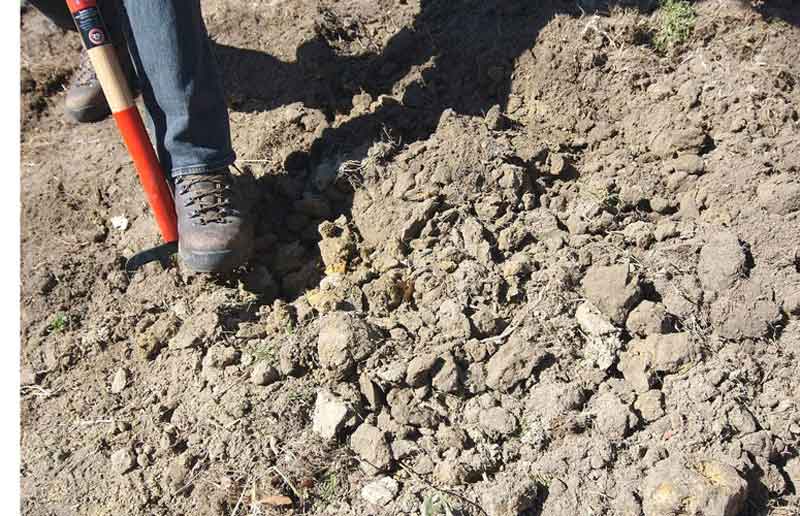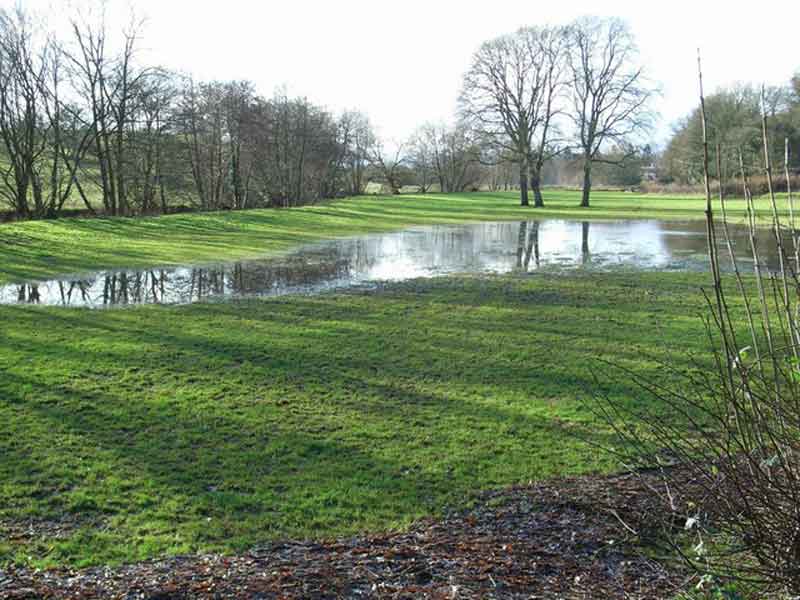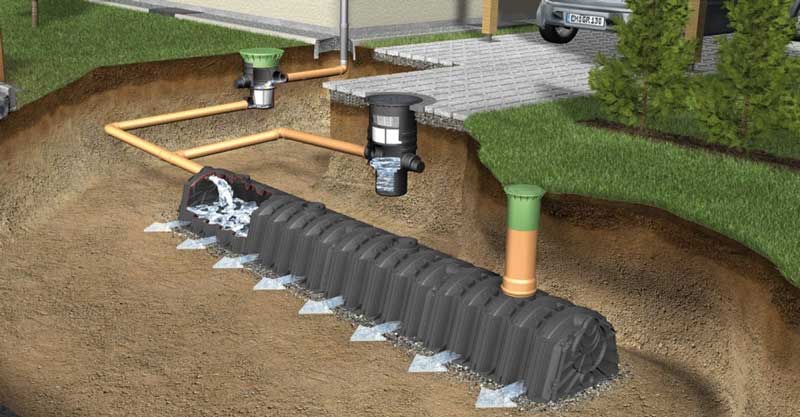Soakaway systems hold excess rainwater and release it slowly into the surrounding soil. This prevents waterlogging and flooding.
Twinwall or coil pipes underground feed into a stack of soakaway crates which hold the water. These crates are wrapped with a permeable membrane which lets water slowly retreat underground.
The entire system is underground, so treating a blocked soakaway isn’t easy.
Our brief guide is here to help you know how to identify problems, how to fix them or how to avoid them. You should be able to maintain your soakaway system well enough that you don’t experience any blockage issues.
Table of contents
- Identifying a blocked soakaway
- Three reasons for a blocked soakaway
- How to avoid a blocked soakaway
- How to fix a blocked soakaway
Identifying a blocked soakaway
One of the first indicators of a blocked soakaway is waterlogging. A critical sign that you have a blocked soakaway is the level of water. If the usually slightly damp ground is now logged with standing water or flood, you’ve got a problem.
Another indicator is dips in the ground. This happens due to compacted soil. It causes the ground to sag as the soil compresses and essentially takes up less space. Compacted soil (as seen below) will mean no more water can penetrate the surrounding soil. This results in a build-up of water in the soakaway crates. Leading to the pipework backing up and flooding the surrounding area.
If any of these symptoms are present, then it’s sensible to say there’s an issue with your soakaway. How are these issues caused?
Three reasons for a blocked soakaway
There are just three common reasons for a blocked soakaway system.
Silt and sediment
Silt and sediment can build up in a soakaway system easily. This happens if the non-woven geotextile is compromised or if the soil is getting into the pipework via perforations.
Compacted soil
As mentioned above, compacted soil is caused by the soil particles being too close together. Often indicated by hard and dry soil, water is unable to penetrate this soil. The result? Waterlogging.
This can happen after the installation of a soakaway system for many reasons. Sometimes it’s because of an unusually long dry spell. Other times it could be excess pressure put on the soil and the natural drying and wetting process of soil. Shown below is a waterlogged field.
Drain collapse
Possibly the most detrimental of the three, the pipes that feed the soakaway system could collapse. Either due to external pressure or poor installation.
If the pipes collapse the soakaway will leak out rapidly from this if they become disconnected. You will need to replace the entire system if this is the case.
How to avoid a blocked soakaway
The obvious answer is to install the soakaway system correctly the first time.
Naturally occurring things can cause blockages. Though realistically installing a soakaway system prudently can help avoid most issues.
With modern, plastic soakaway crates a soakaway system should last many years. So, what can you do to help prevent blocked soakaways?
Choose the right people to install the right soakaway crate
Make sure you’ve got a reputable tradesperson or company installing your soakaway. Don’t be afraid to ask questions and query why they’re choosing to do (or not to do) something!
Choose the correct soakaway too. A domestic soakaway crate won’t fair well in a high-flow commercial soakaway system as it won’t cope with the amount of water.
Work out how many soakaway crates you need. Don’t be afraid to add extra just to be cautious!
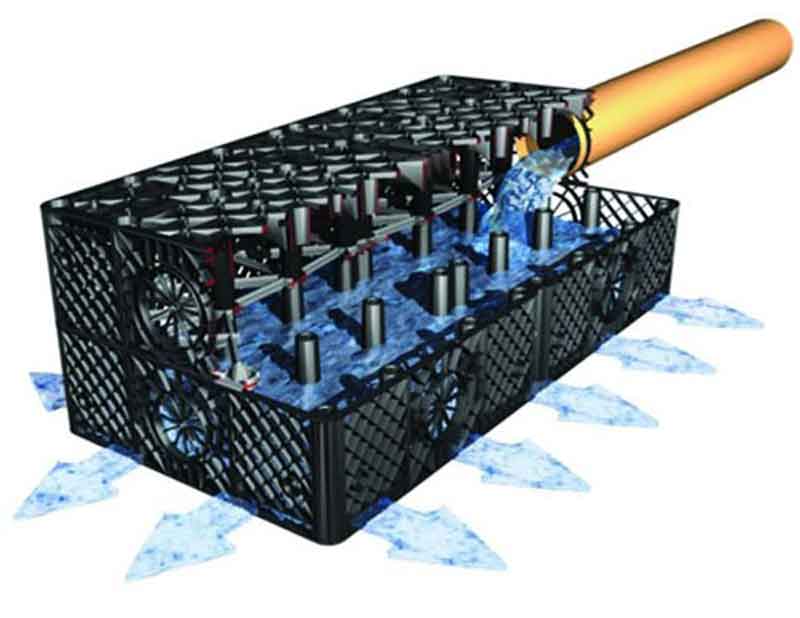
Eliminate the risk of sediment and soil
Experts recommend choosing a non-woven geotextile or catch-pit. These can remove the risk of soil, sediment and other small items entering the soakaway system.
The non-woven geotextile wraps around the crates to prevent soil from entering.
The catch-pit is installed just before the pipe feeds into the soakaway. It catches soil and particles from entering the system.
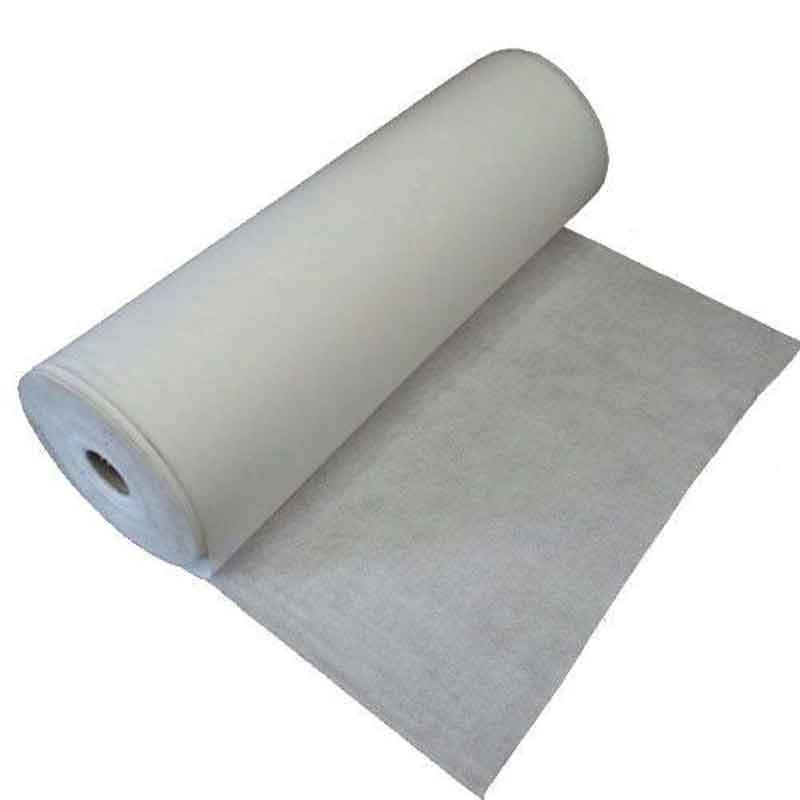
How to fix a blocked soakaway
So, here’s how to unblock a soakaway.
There are two methods of fixing a blocked soakaway. They both involve digging up the soakaway, unfortunately.
The first method is to dig up the soakaway, remove all the pipes and crates and re-install a new system. This is most common if the membrane is broken, the crates are the wrong size or capacity, or the pipes have collapsed.
The second method is to dig up the soakaway system and clean out wherever sediment has built up. Once you’ve done this, you can look at the system. Understand where the sediment is coming from and replace this component.
For example, is there a tear in the membrane? Has the catch-pit become too full? Replace these as soon as possible.



